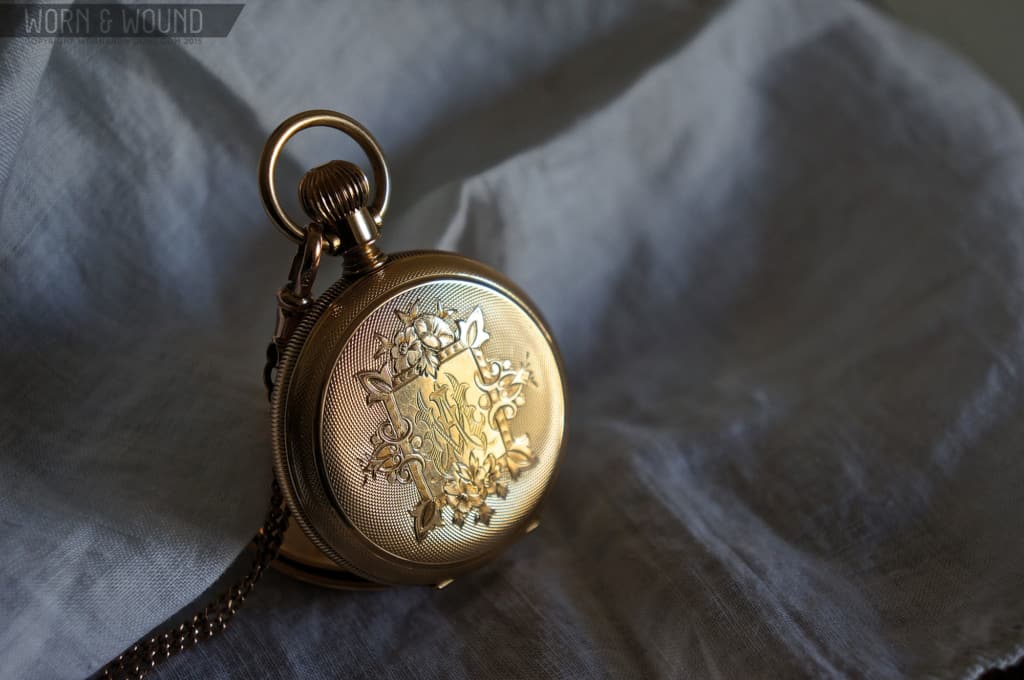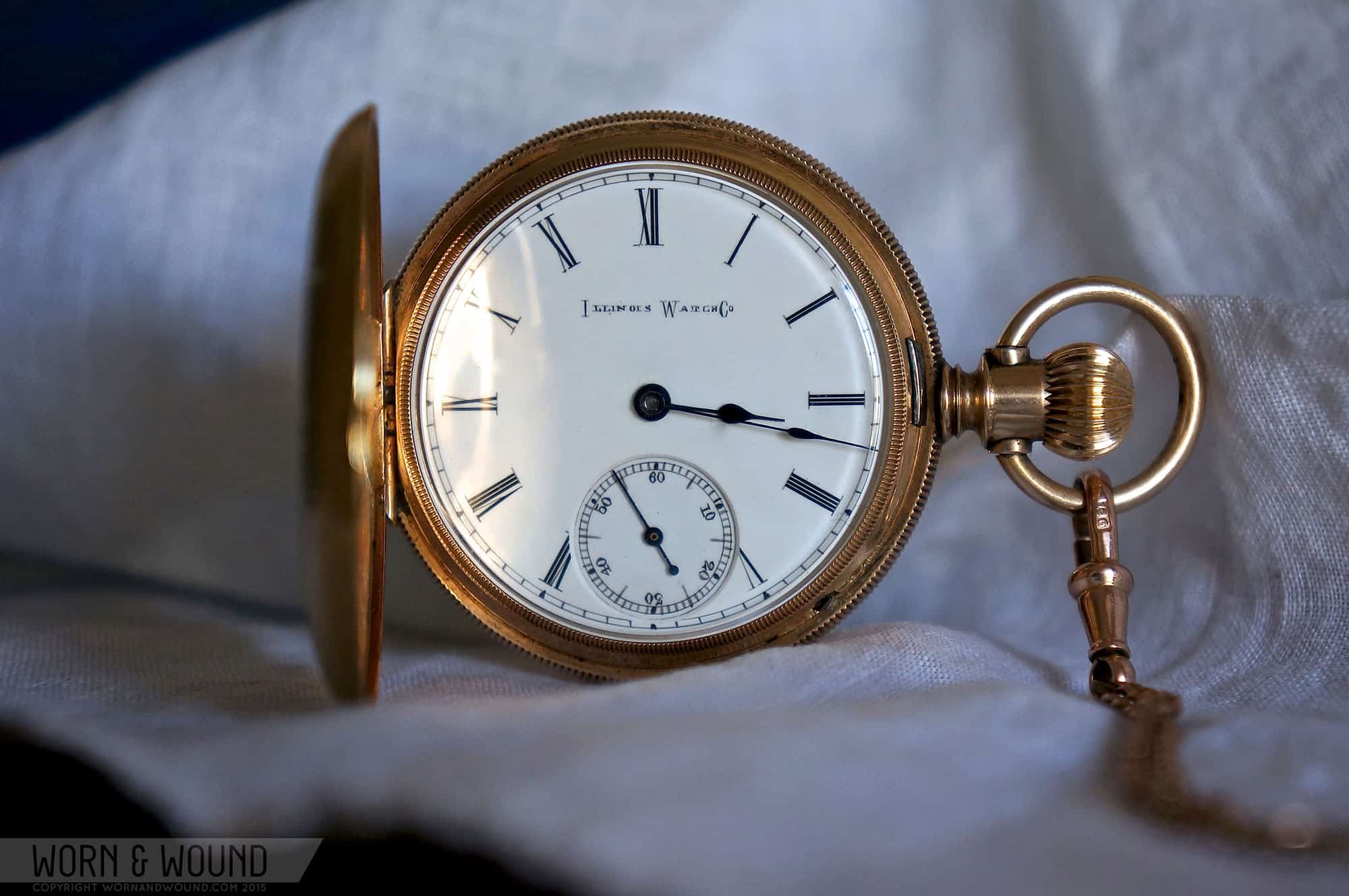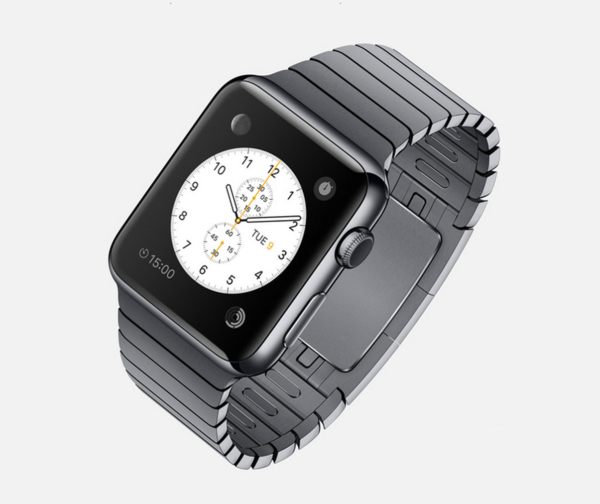This is a special guest post by Anna Marlis Burgard. Anna is the creative force behind hundreds of works including the bestselling A Guide for Grown-ups: Essential Wisdom from the Collected Works of Antoine de Saint-Exupery; Perfect Porches; The Twilight Zone graphic novel series and Hallelujah: The Poetry of Classic Hymns. Her work has been featured on BBC Radio and NPR and in Celebrated Living, The New Yorker, O Magazine, Spirituality & Practice, Town & Country, USAToday and Yahoo! Travel. Her current project is Islands of America: A River, Lake and Sea Odyssey (www.islandsofamerica.com); her monthly feature “The United Islands of America” is published by Atlas Obscura.
In our 200-year-old farmhouse in Maryland, Irish heritage was embodied in a photograph of the thatched cottage where my great-grandmother, Elizabeth McCloskey, was born on the County Derry land where our relatives have raised cattle and sheep for many centuries. Damask linen tablecloths decked our table on holidays and books by Joyce, Heaney and Yeats were scattered about, and quoted from. My mother, she of the Irish bloodline, wore a hooded blue tweed cape sewn from the bolt my great-uncle, Bishop Hyle, brought to her after visiting the Roe Valley farm in 1964, following his Vatican II attendance in Rome. On St. Patrick’s Day, my German father baked currant soda bread for my mother to celebrate her lineage, along with placing a shamrock plant and a tenderly written card at her breakfast place.

When my great aunt Elizabeth passed away, my mother, her namesake and goddaughter, became the executor of her estate. Sorting through a lifetime of a relative’s belongings is a daunting and emotional task, so I offered to help. Elizabeth was one of the collective “Irish aunts” in our family–all quite tall, and professional women of some standing–trailblazers in their ways. I was interested in getting a closer look at Elizabeth’s life in the drawers, cupboards and boxes. Little did I know what lay hidden that this finder would soon keep.
Aunt Elizabeth kept a classic black 1920s Royal typewriter in her kitchen for the odd business correspondence. I’d never paid much attention to it, but noticed a vintage typewriter ribbon box tucked on top of its keys that day. The graphic designer in me instinctively picked it up to look at the lettering, and heard something rattle around inside. I opened it expecting to find dry rotted black ribbon, but instead found an astonishingly beautiful gold pocket watch with the initials of Elizabeth’s mother, Anne McCloskey, engraved on one side. Slightly larger than a silver dollar, its weight was surprisingly substantial in my hand. I’d spent many hours during my childhood searching our house for a brown velvet pouch full of canary diamonds that my father’s father had brought with him from Germany, the loss of which was part of our family’s lore; this was as close to the sensation of finding lost treasure as I’d ever come.

I was stunned. This–this was no tweed cape or damask cloth. This was an heirloom. It felt like a talisman powered by my Irish blood, directly connecting me to these people I’d never met. I would later learn that the watch was a wedding gift from my great-great uncle, Michael McCloskey (who’d emigrated from that cottage in County Derry with his sister Elizabeth, my great-grandmother) to his bride, Anne, in Baltimore. The church and bridge scene engraved on the other side was said to be of her family’s village in the Old Country, but its location is now lost to us. For an immigrant to have purchased a gold watch of this quality less than a decade after his arrival on these shores speaks both to his work ethic and his love for his wife–such watches were a status symbol during the 19th century. Fortunately for me, I share Anne’s A-M initials, so in addition to being the one who found the watch, it became my possession by virtue of my given names.
I quickly had the watch restored to working order, and in the process learned the movement was made by the Illinois Watch Company in 1884, serial number 528195. It’s a 7-jewel, lever movement, full-plate hunting model. According to the Pocket Watch Database, 4,000 of these were made, and it wasn’t considered “Railroad grade”–in other words, a conductor would not rely upon its accuracy to keep his train’s schedule.

But all of that is just about its internal organs, which, while vital, are not what made me fall in love with the piece–I’m no horologist, just an appreciative owner of a fine specimen. It’s a thing of beauty in its Brooklyn Watch Case Co. 14K gold case (serial number 294323), so delicately and intricately engraved with the aforementioned monogram and scene. But on closer inspection there’s also an almost moire-effect crosshatching surrounding the main images, which are each framed in a Victorian flowers-and-leaves design, and the inner gold plate protecting the workings has a swirling labyrinth pattern. The hands’ stems are thinner than a hair, seeming impossibly fragile. Its fob chain has a shamrock slide decorated with seed pearls and a tiny diamond, a nice touch for a gift from an Irishman.
But I don’t only love the watch for its looks; my affection also grew from the sensuous pleasures it provides. I like the sound of the slides zipping on its chain when I absentmindedly toy with them. I like how the gold warms as it rests against me. I admire the way the underside of the front plate’s smooth expanse of gold reflects the watch’s ivory face and its tall, thin Roman numerals. I’m soothed by its gentle ticking, its mechanical heartbeat. I’m mesmerized by the interlocking of its tiny gears as they propel time forward.

The watch was recently appraised at $2,000, but its value to me isn’t monetary. What I cherish is that more than a century ago one of my family members wore this very piece, wound its stem between her fingers, held the ticking of its works up to her ear. These heirlooms provide continuity–from me, it will pass to my godson, Daniel. The hands keep spinning as our family line proceeds, with its Irish roots traced back to one of the original clans of Ulster; the stories will be passed down as the watch is placed in younger palms. Its superior craftsmanship, from its workings to the elegant case, allows that to be. I praise the artisans, and raise a glass to my Irish ancestors on this St. Patrick’s Day as the watch ticks against my heart as it always does on March 17. I wear it with pleasure and considerable pride.
by Anna Marlis Burgard









 Featured Videos
Featured Videos







